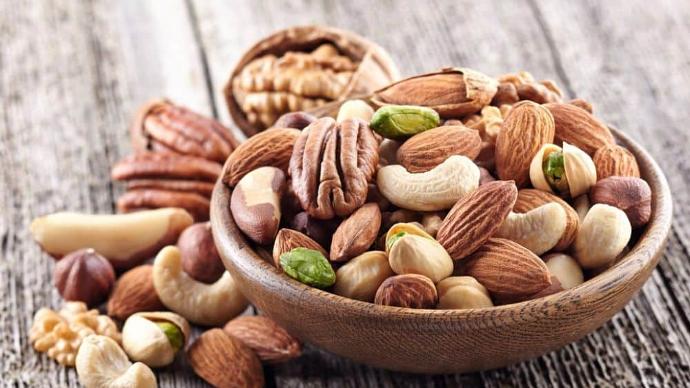Vaginal mycosis is a gynaecological condition caused by yeasts of the Candida albicans genus. Candidiasis causes itching and inflammation of the vulva and vagina. Treatment usually consists of antifungal agents and probiotics. In this article, you'll discover natural alternatives for long-lasting, natural relief from vaginal mycosis.
What is vaginal mycosis?
Une mycose vaginale is the result of an abnormal proliferation of yeasts that live naturally in the vagina. With the microbiota altered, yeast develops, bringing with it a host of unpleasant symptoms such as itching, irritation, fatigue, irritability, cravings for sweets, etc.
Antibiotic treatment, pregnancy, the contraceptive pill, diabetes, a weakened immune system, vaginal enemas, wearing synthetic underwear and tight pants are all factors that upset the balance of vaginal flora. So it's vital to take care of your microbiota to re-establish a healthy ecosystem.
Probiotics for a quality microbiota
The first aim is to restore the balance of the microbiota by inoculating with probiotics. Whether taken orally or vaginally, these micro-organisms will colonize the mucous membranes and prevent candida albicans from developing. In fact, probiotics help contain yeast multiplication.
The vaginal flora is mainly composed of lactobacilli, which act as a barrier and protect against pathogenic germs.
Grapefruit seed extract for its antifungal virtues and more
Lgrapefruit seed extract eis the natural remedy for people suffering from candidiasis. As a powerful antifungal, it contains the proliferation of candida albicans and is also able to eradicate it naturally.
In addition, EPP cuts sugar cravings and drains the liver, which is a good thing because candida albicans feeds on sugar and is capable of sending signals to the brain to demand it!
In the case of a mycose vaginale, EPP should be taken diluted in water. 45 drops in a large bottle of water, to be drunk throughout the day. You can also pour a few drops into coconut oil and apply locally to relieve itching.
Adopt a sugar-free diet from time to time
As mentioned above, candida albicans feeds on sugar. It is therefore important to cut off all sources of fuel, including fruit, dairy products, white cereals and alcohol.
On the other hand, you can eat: oilseeds (walnuts, hazelnuts...), almondsBrazil nuts...), fish, white meat, vegetables, legumes and limit wholegrain cereals.
This restrictive diet should not last longer than 3 weeks. In the beginning, this may create frustration during the weaning period. Try to organize your schedule so as to keep busy and limit restaurant outings and moments of trouble, which are generally when you break down...

As mentioned above, candida albicans feeds on sugar. It is therefore important to cut off all sources of fuel, including fruit, dairy products, white cereals and alcohol.
On the other hand, you can eat: oilseeds (walnuts, hazelnuts...), almondsBrazil nuts...), fish, white meat, vegetables, legumes and limit wholegrain cereals.
This restrictive diet should not last longer than 3 weeks. In the beginning, this may create frustration during the weaning period. Try to organize your schedule so as to keep busy and limit restaurant outings and moments of trouble, which are generally when you break down...
Natural tips for local, lasting relief
Natural coconut oil relieves itching and has antifungal properties. You can apply a dab to the vulva several times a day, either undiluted or with a few drops of EPP.
On a sanitary towelPlace a small amount of kefir-type fermented yoghurt in the vagina. The lactobacilli in contact with your mucous membranes will recolonize the inside of your vagina.
Wash intimate parts only with water to avoid disturbing the pH and bacterial flora.
Sleep without underwear and choose cotton lingerie.
Be careful with essential oils. Although some are formidable against candida albicans, they can burn your mucous membranes if incorrectly dosed. As a precaution, refer to the advice of a natural health professional (doctor, pharmacist, naturopath, aromatherapist, midwife...).
Vaginal mycosis: how to get rid of it?
Les vaginal mycoses cause itching of the vulva and vagina, as well as thick, whitish discharge. If the discharge is frothy, yellowish or greenish, or resembles curdled milk, it's best to consult your doctor, as this may be a sign of a fungal infection requiring special treatment.



